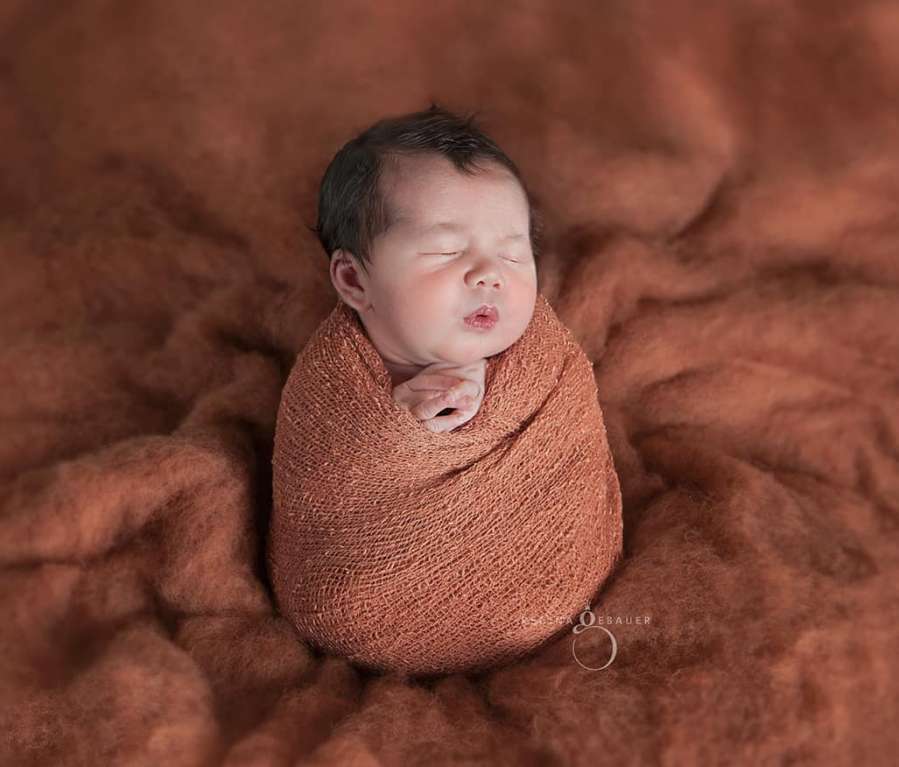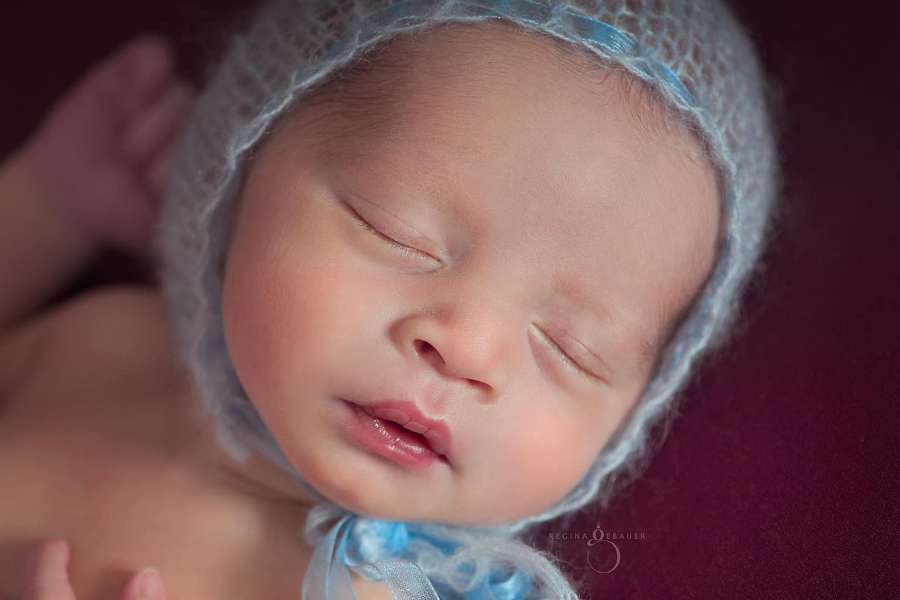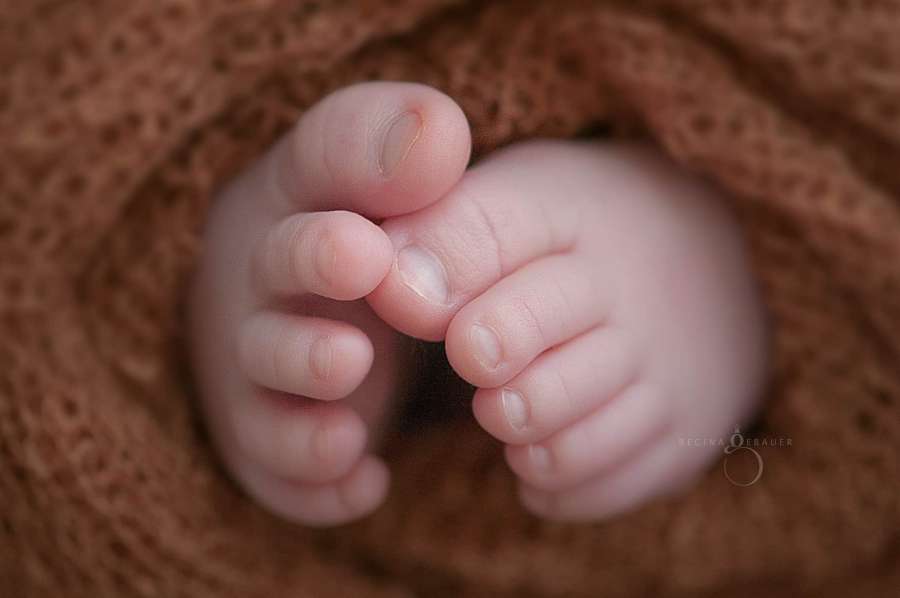This article describes a series of tips for those who want to start the adventure of newborn photography sessions. From the on site settings to the final edition, you will find key advice that makes easier your initiation in this discipline.
Newborn Photography Session
A newborn comes into the world. There is something in its fragility and immense tenderness that makes him irresistible, that disarms us. Newborn photographers have the privilege of welcoming and freezing forever a very short, unrepeatable moment in the life of a human being.
Perhaps you have already tried to make the first portraits of a newborn and you have found results that are far from your initial expectations. Do not be discouraged, nobody said it was easy. Like all photographic disciplines, newborn photography has its difficulties and procedures.
The Set:
Providing a suitable environment around the baby will help give plasticity to the photo of your protagonist. The environment can be created with simple elements or with more elaborate decorations. As a general rule, it is advisable to have a Bean Bag (a large pouf or cushion) that, together with a screen in the background, will help you generate recurring settings. The Bean Bag can be covered by all kinds of blankets on which you can place the baby comfortably. The choice of a blanket is important since its texture and color must match the baby and are key to the aesthetics of the photo.
You can also create more complex settings by acquiring different types of backgrounds, floors, baskets … In the market, you can find an incredible amount of varied props, creative and easy to get. You can also find wonderful designs for clothes and accessories that can be assorted in multiple combinations. Together with the other elements in the set, the props will provide much flexibility.
Newborns are very sensitive, and since they have no other mechanism, they use crying to express themselves. If the room used to make the photo is not at the right temperature, the baby will be uncomfortable and will soon let you know. If the baby is naked, the recommended temperature is 28ºC (80ºF).
The Light:
The light is key to generate the right atmosphere for this type of photography. The light must convey warmth. If you shoot outdoors or have a large window in the studio and have a fast lens, do not hesitate to use natural light in the scene. Of course, shade the light of the window by placing a thin white curtain in front of it. Do not place the set in front of the window, but perpendicular to it; that way the light will fade smoothly along the small body of the baby.
If you do not have a natural source of light, you can simulate it by shading the light of a flash with a large softbox, at least 1×1 meter (3 sq.ft), with more than 1 diffuser to soften the light and lower the intensity. In this case, in order to communicate your camera with the flash, it is advisable to use a remote flash trigger.
The Lenses:
Newborn photography is made close-up. With some exceptions, you will never put the camera on a tripod. Instead, you must find the right angle between you and the baby (there is more than one) by constantly moving and changing your perspective. Most newborn photographers use 2 lenses: a 50 mm lens for full shots and a 105 mm macro with which you can get precious details of the newborn’s body. I personally do not use a 50mm, but a 24-70mm, with which I feel more comfortable.
To help create the right atmosphere for these photographs, in many cases I look for short depths of field, in which only a baby’s plane is focused while the remaining of the scene is gradually unfocused until a great blur of the background. This is sometimes critical. To achieve this, you need to open the diaphragm considerably and increase the shutter speed. These conditions can cause problems if you are using a flash light source, because the scene may require you to exceed the sync speed of the camera with the flash, and your equipment may not allow this. Should this happen, you could increase the distance between the flash and the scene in order to keep the shutter below synchronization speed (usually below 1/250 s). I would actually not recommend doing so, but instead, increase the diffusers or put a neutral density filter on the lens.
The Session:
You might think that those little creatures that are always sleeping will remain impassive throughout the session and let you maneuver to your liking. Absolutely not. Newborn babies are sensitive to everything. They will wake up when you grab them and will cry if you undress them (babies do not like temperature changes). But you need them asleep in order to place them in those postures that we like so much and are so nice and endearing. How do we do then?
Everything I have just explained will sure give you an idea on how long the newborn sessions can last: about 4 hours with several sets and costume changes (keep in mind that the baby sets the pace; we must be patient and respect his/her rhythm). Because of this and other things, it is important that you inform the parents so that they are warned.
It is also very important that these sessions be done between the 6 and 12 days of the baby’s life. In their third week, newborns begin to have colic and are very uncomfortable, which makes it very difficult to keep them calm. In addition, their flexibility in their first two weeks of life is amazing.
Ideally, the baby should come to your studio dressed in easy-to-remove clothes. The baby is going to wake up anyway, but the idea is to bother him/her as little as possible. And although the studio will be at the right temperature, it is advisable to keep the baby warm with a blanket in the interims or while we coax him/her for a new round of sleep. There is a trick that helps the baby stay asleep during sessions and is the use of “white noise”, a series of so-called sounds (such as that of a hair dryer) that you can easily download from the Internet and have it on your mobile device to run throughout the session. Lastly, we can ask baby’s mother to feed him/her; that relaxes the baby in just a moment.
Handling the baby requires certain techniques and delicacy. My recommendation is that, if you have the opportunity, you attend a newborn photographer’s workshop to acquire these skills. There are many everywhere.
The Edition:
The final touch of the newborn photograph is done by editing. With digital programs we will achieve the necessary harmony: soften the shadows, correct skin details, adjust tones, blur the outline, vignette the image.



Tips by REGINA GEBAUER
There are many things to prepare to set up a newborn session. We must be prepared too. It’s all worth it. This is an opportunity to live an experience of intimate and affectionate sweetness and, as a photographer, to make it last. I hope these brief tips will help you in your first newborn sessions. Please, do not forget to enjoy.


Great tip! Thank you for sharing. We´ll take a close look at it.